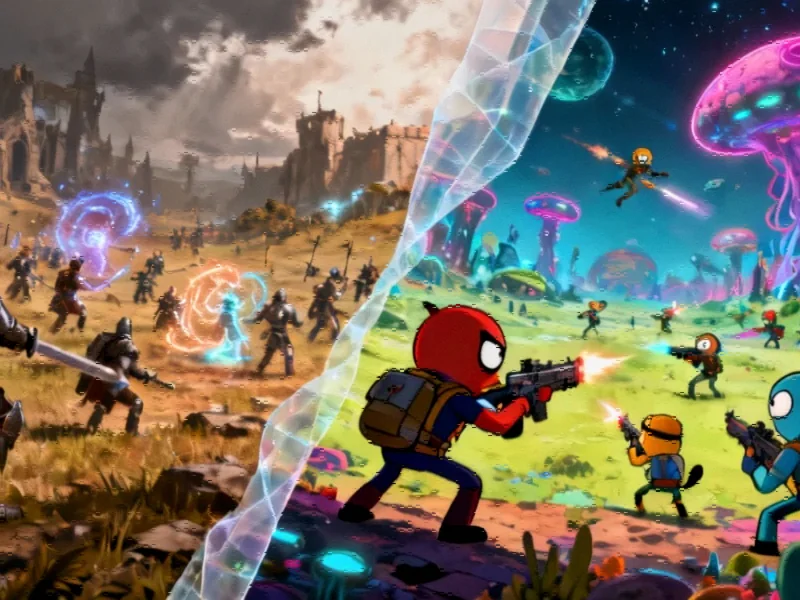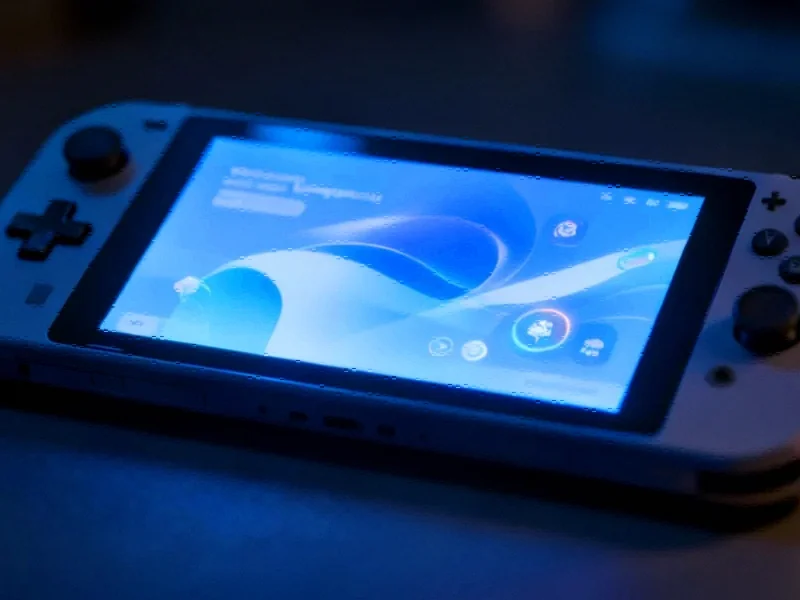According to SamMobile, Samsung has launched the 2025 Odyssey Cup esports tournament across Southeast Asia and Oceania featuring Counter-Strike 2 competition. National qualifiers will run from November 7 to November 30 across eight participating countries, with the grand finals scheduled for December 12-14 in Kuala Lumpur, Malaysia. The tournament will showcase Samsung’s Odyssey OLED G60SF gaming monitor boasting a 500Hz refresh rate, which currently retails for $999 in the US market. Red Bull returns as a key partner for the second consecutive year, providing energy drinks for competitors throughout the regional championship series.
The Diminishing Returns of Extreme Refresh Rates
While 500Hz represents a technical achievement in display technology, the practical benefits for professional esports players may be more limited than marketing suggests. The jump from 240Hz to 360Hz already showed diminishing returns in human-perceptible improvements, and moving to 500Hz pushes into territory where frame times of 2ms approach the limits of human visual processing. Professional players typically operate with reaction times between 150-250ms, meaning the difference between 360Hz (2.77ms per frame) and 500Hz (2ms per frame) represents less than 1% of their total reaction time. The tournament’s technical specifications would need to demonstrate consistent frame rates at this extreme refresh rate to provide any meaningful advantage.
The Hardware Bottleneck Problem
To actually leverage 500Hz in Counter-Strike 2, players would need hardware capable of consistently rendering frames at 500 frames per second—a demanding requirement even for high-end gaming systems. At competitive settings, professional CS2 players typically achieve 300-400 FPS on top-tier systems, meaning they wouldn’t fully utilize the monitor’s capabilities. This creates a marketing versus reality gap where the monitor’s theoretical advantage exceeds what current gaming hardware can deliver. Additionally, input lag from peripherals, network latency, and server tick rates often create bottlenecks that dwarf any benefits from ultra-high refresh rates.
Strategic Tournament Positioning
Samsung’s regional focus on Southeast Asia and Oceania represents a strategic move to capture emerging esports markets where brand loyalty is still developing. By associating their premium Odyssey line with Counter-Strike 2—a game with massive regional popularity—they’re positioning themselves as the hardware provider for serious competitors. The timing is particularly interesting given the tournament structure that builds anticipation through national qualifiers before the Kuala Lumpur finals. This approach maximizes regional engagement while controlling costs compared to global tournaments.
Broader Market Implications
The push to 500Hz reflects the ongoing spec wars in gaming monitors, where manufacturers compete on increasingly theoretical performance metrics. While these extreme refresh rates may not provide substantial competitive advantages today, they drive technological innovation that eventually benefits mainstream products. However, this spec-focused marketing risks alienating casual gamers who might benefit more from improved color accuracy, better contrast ratios, or more affordable pricing. The $999 price point positions this as a premium product for enthusiasts and professionals, but the actual performance differential versus $600-700 360Hz monitors remains questionable for most users.
The Future of High-Refresh Gaming
As display technology continues pushing beyond 500Hz, the industry will need to address the fundamental limitations of human perception and current gaming infrastructure. The next frontier may involve variable refresh rate technologies that dynamically adjust to actual frame rates, or innovations in motion clarity that provide tangible benefits even at lower refresh rates. Samsung’s tournament sponsorship represents an effective marketing vehicle for their cutting-edge display technology, but the real test will be whether professional players actually notice—and more importantly, benefit from—the extreme refresh rate in high-stakes competition.




